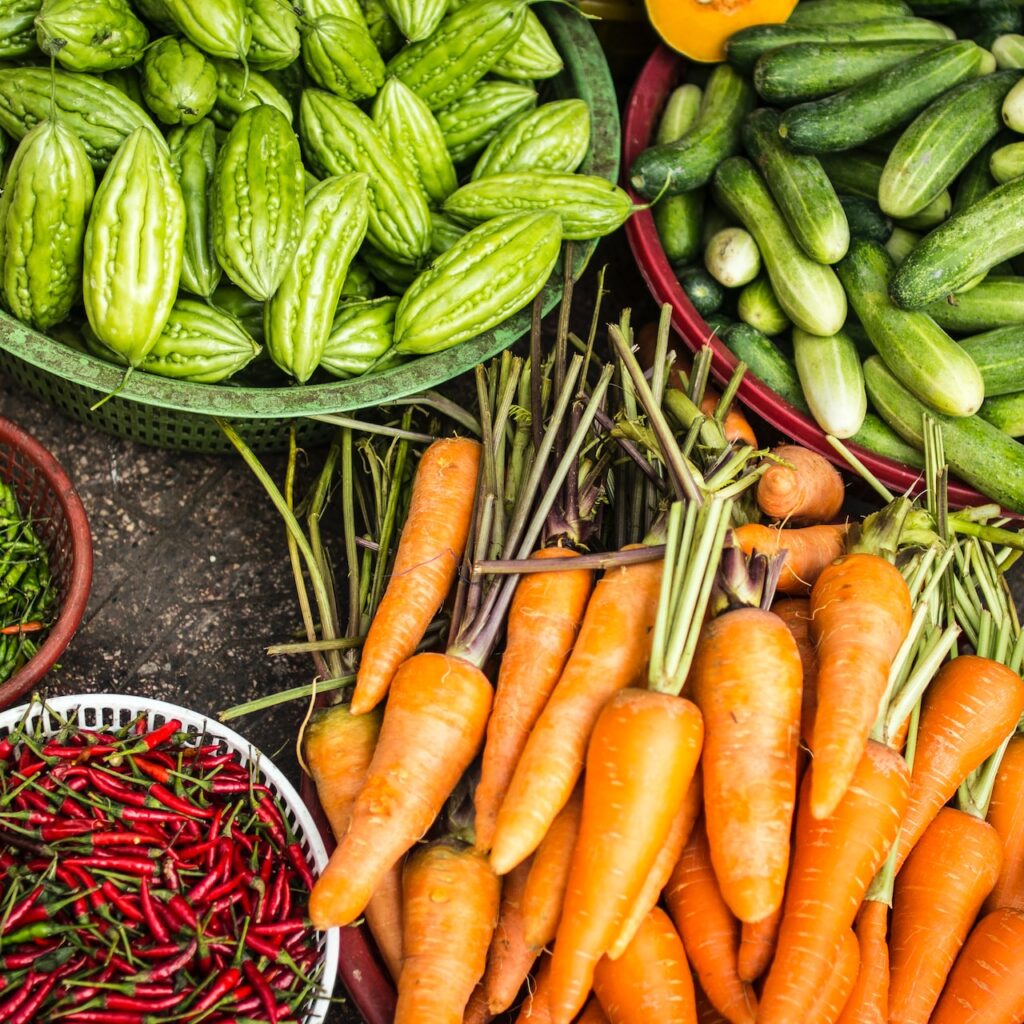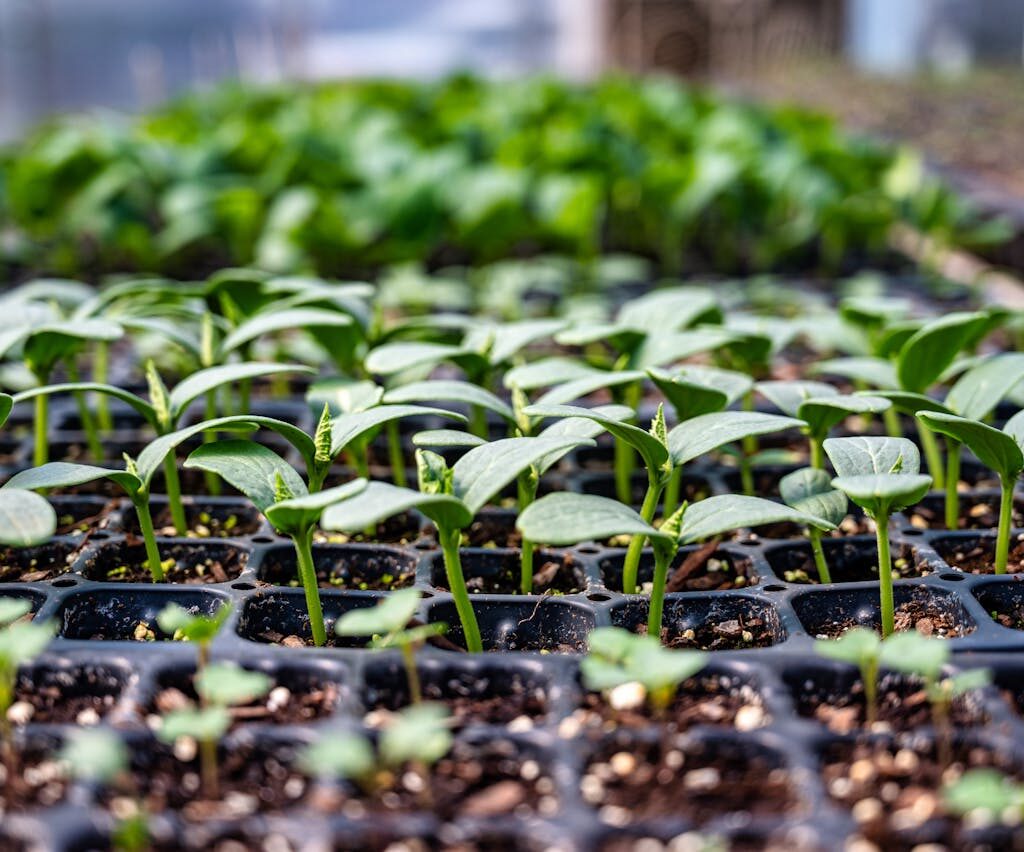What is Landrace conservation?
Landrace conservation refers to the preservation of traditional crop varieties that have been cultivated by farmers for generations.
In Cameroon, landrace conservation is critical for ensuring food security, preserving cultural heritage, and promoting sustainable agriculture.
Cameroon is home to a diverse range of landraces, including grains, fruits, and vegetables, which have been adapted to local conditions over centuries. However, modern farming practices and climate change have threatened the survival of many landraces, making conservation efforts more important than ever.
Cameroon is a country with a rich agricultural heritage, with more than 7800 plant species identified as being used for food, medicine, or other purposes.
Small-scale farmers, who rely on traditional farming methods and landraces to produce food for their families and communities, make up the majority of the nation’s agricultural producers.
Rural communities have been uprooted as a result of the rapid growth of industrial agriculture and urbanization, which has resulted in the loss of traditional farmland. Because they weren’t systematically preserved, valuable landraces have been lost as a result.
The importance of Landrace conservation in Cameroon.
The importance of landrace conservation in Cameroon is multi-faceted.
- Firstly, landraces are adapted to local conditions, making them more resilient to pests, diseases, and environmental stressors.
In light of the fact that climate change is predicted to result in an increase in the frequency of droughts, floods, and other extreme weather events, they are therefore essential for ensuring food security.
- Moreover, landraces have a distinct genetic diversity that is not found in modern commercial crop varieties. This diversity can be harnessed to develop new crop varieties that are more productive, nutritious, and resilient.
- Additionally, landraces are an essential element of Cameroon’s cultural history. Communities have grown them for generations, and their cultivation and consumption are closely related to regional customs, traditions, and beliefs.
Losing landraces would mean losing a portion of Cameroon’s cultural identity and legacy. Conserving landraces is therefore crucial for preserving cultural diversity and promoting sustainable agriculture that respects local knowledge and traditions.
How to conserve landraces
To conserve landraces, it is important to promote their use and recognition.
This can be accomplished by;
- Encouraging the consumption of landraces,
- Helping small-scale farmers who cultivate them, and
- educating people about their nutritional and cultural benefits.
- The documentation and preservation of traditional knowledge related to landraces, such as cultivation methods and recipes, should also be a priority. This can be done through the formation of seed banks, which can store and disseminate landrace seeds, as well as through the creation of databases and archives that document traditional knowledge.
In conclusion, landrace conservation is a crucial component of sustainable agriculture in Cameroon.
Landrace preservation can support biodiversity, cultural heritage preservation, and food security. Efforts should be made to support small-scale farmers who cultivate landraces, promote their consumption, and preserve traditional knowledge.
By doing so, Cameroon can promote sustainable agriculture that respects local traditions and supports the livelihoods of rural communities.


